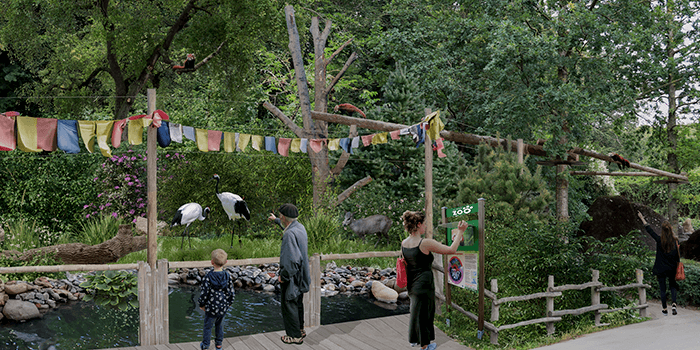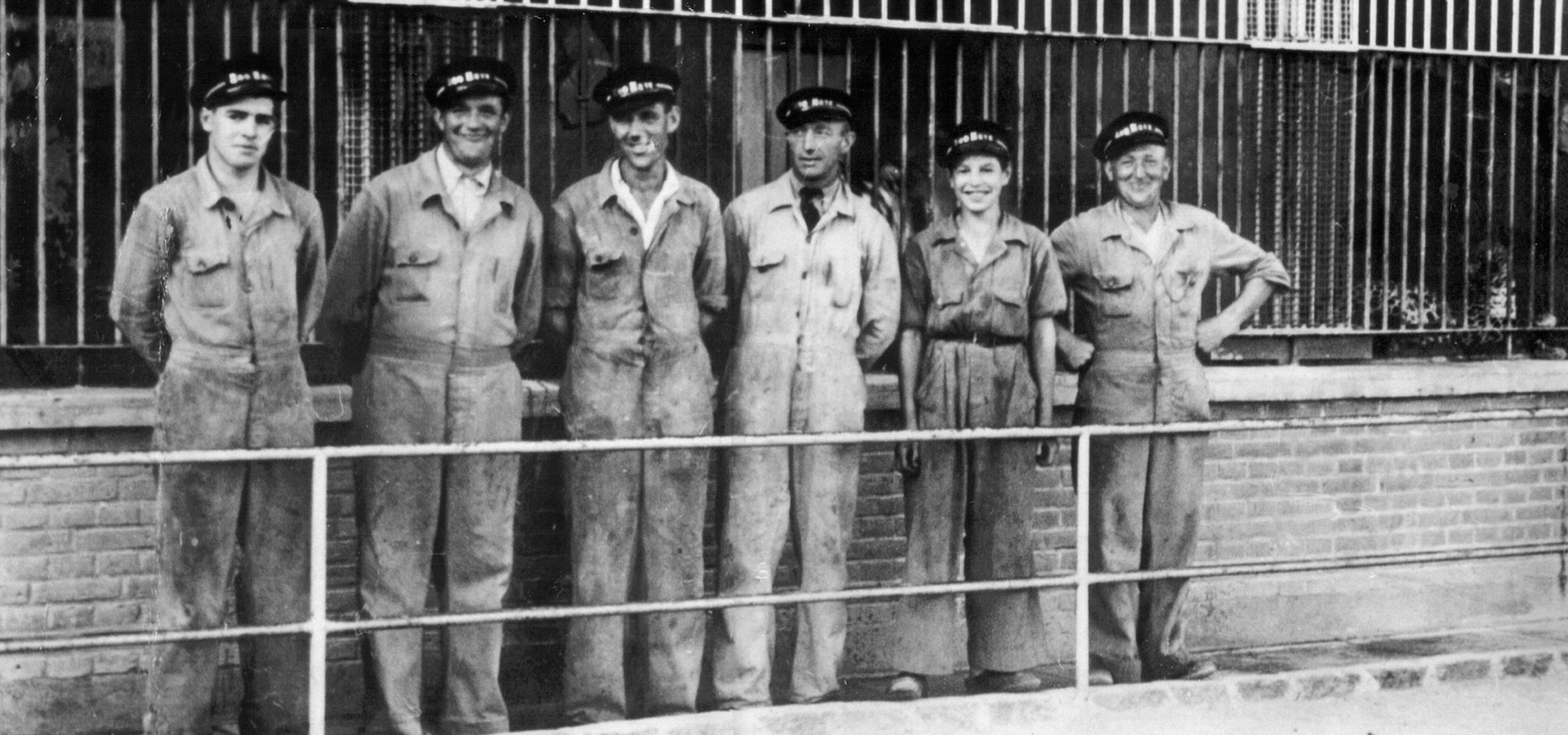
Learn about Aalborg Zoo's development from 1935 until today in the timeline below
Over the decades, Aalborg Zoo has developed into one of Denmark's most distinctive zoological gardens. Since its opening in 1935, the zoo has undergone countless changes and additions that have shaped it into the modern attraction it is today.
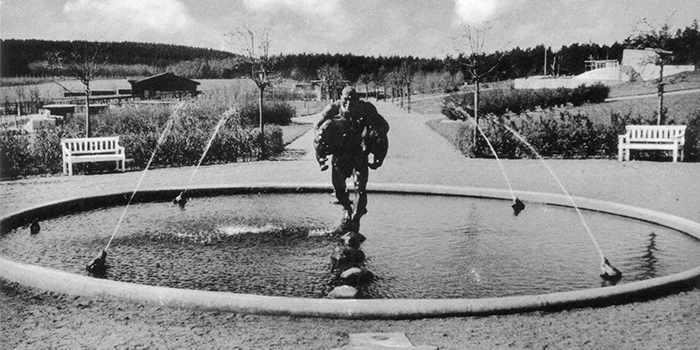
1935:
On 13 April, Aalborg Zoo opens its doors for the first time and welcomes guests to an impressive area of over 70,000 m². On the opening day, more than 7,000 people attend, eager to experience the new zoo. In the same year, the sculpture "The Good Heist", also known as the Bear Man, will be erected in August. The artwork was created by the Aalborg sculptor C.J. Bonnesen.
1936:
The bear caves, which will become one of the garden's most memorable features for many visitors, are established.
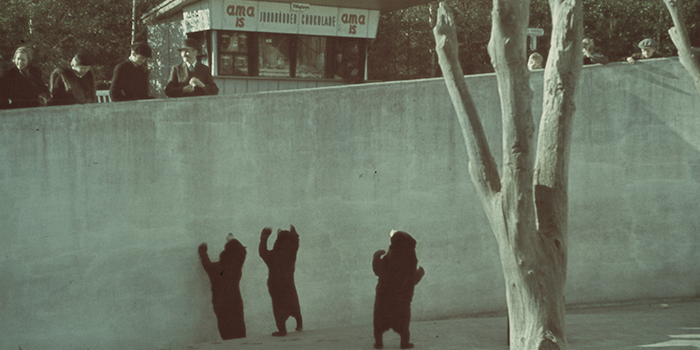
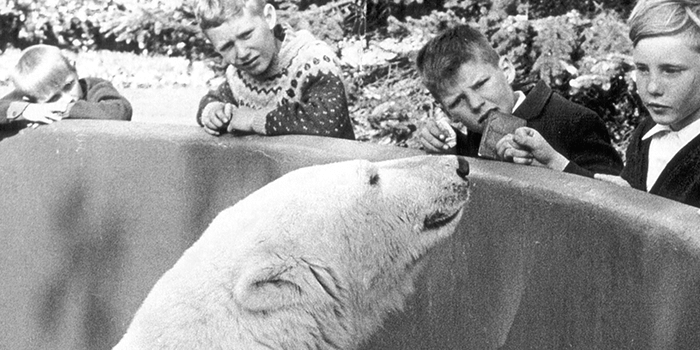
1938:
Aalborg Zoo gets its first polar bears, which will make their home in the facility where Red Panda currently resides.
1946:
The garden expands with a pheasantry - an area that is later transformed into the current predator house.
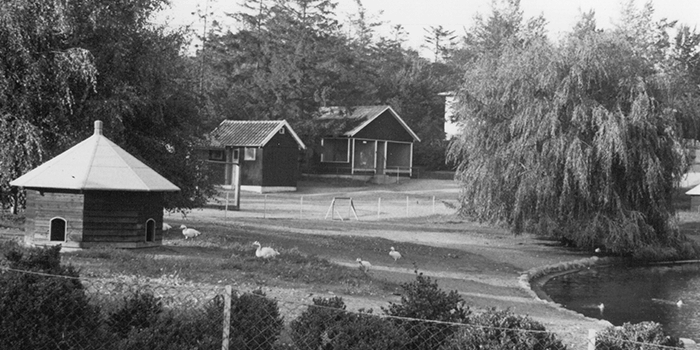
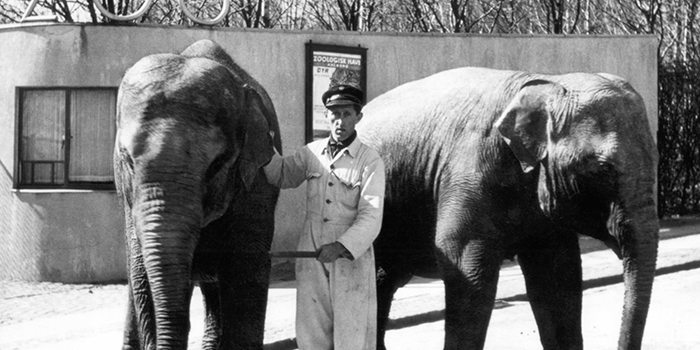
1948:
Elephants Frank and Lene arrive at Aalborg Zoo as a gift from Aalborg Omnibus Company. Sadly, they die in 1951 while the zoo is working to raise funds for a new elephant house.
1956:
After years of planning, a new, modern elephant house is finally complete and Aalborg Zoo welcomes two new Asian elephants - also named Frank and Lene.
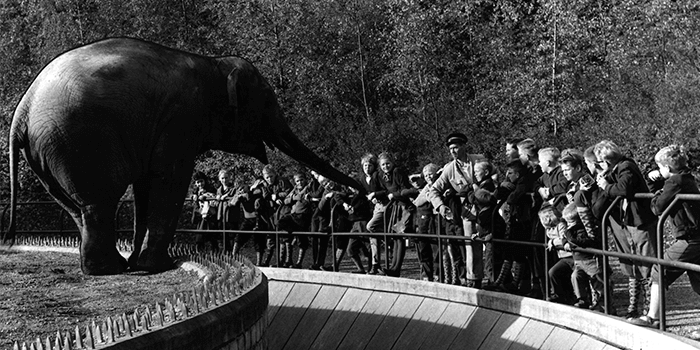
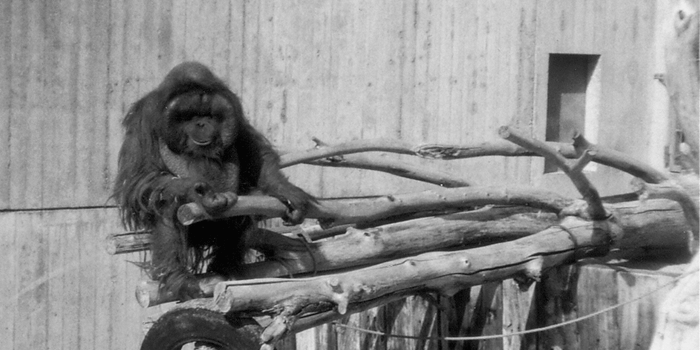
1960:
Two baby orangutans, Charlie and Susie, arrive from Borneo. Together they have eight babies, and Charlie eventually becomes one of the zoo's most iconic residents. He lives a long life at Aalborg Zoo and only dies in 2002, aged 44.
At the same time, the zoo receives 13 emperor penguins, captured in Antarctica - a practice that already caused debate back then. Today, zoos no longer take animals from the wild.
1966:
For the first and only time in the zoo's history, a baby elephant is born at Aalborg Zoo. He is named Siporex, but later moves to Hannover Zoo.
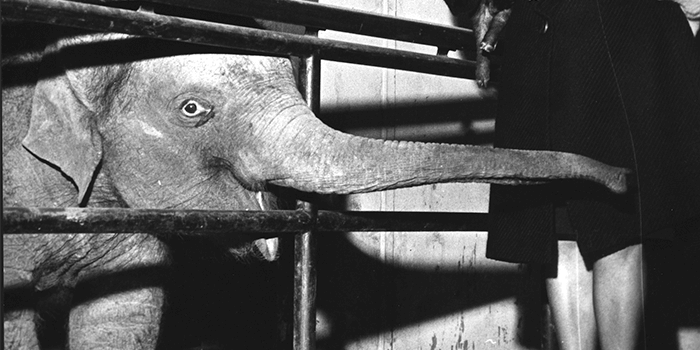
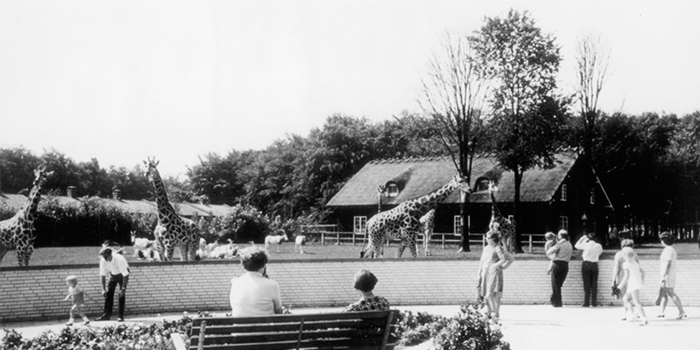
1968:
Aalborg Zoo is expanding with a new three-acre area in the southern part of the zoo. The new area will be home to African savannah animals - a function it still fulfils today.
1970:
The zoo is transitioning from a public limited company to a self-governing institution, marking a new era in zoo operations.
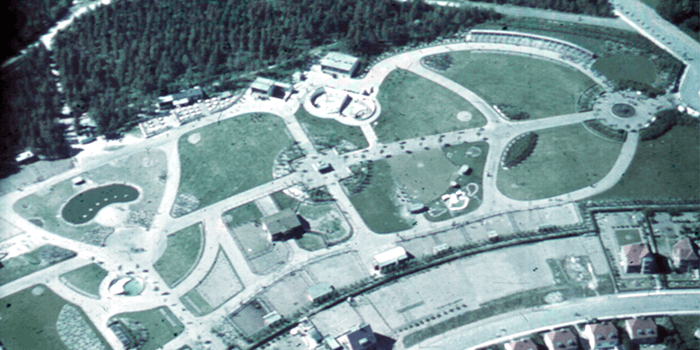

1971:
The outdoor predator house is established, but the year is also known for a dramatic incident: On 8 May, a black panther escapes from its enclosure. After almost 48 hours on the loose, the panther was found and shot in a staircase in Valdemarsgade. Today, the public can still see the stuffed black panther on display in the predator house.
1979:
A new monkey house is inaugurated, providing better conditions for the great apes. The house will house both orangutans and gorillas.
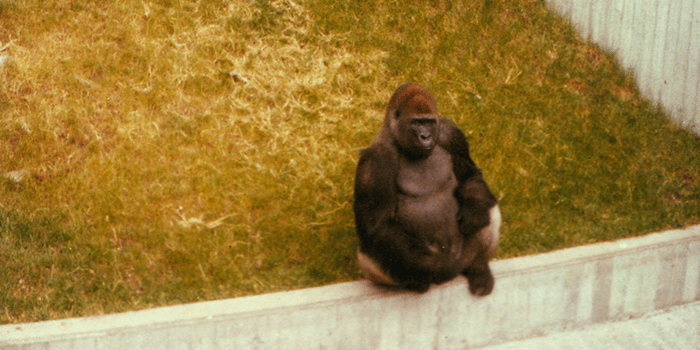
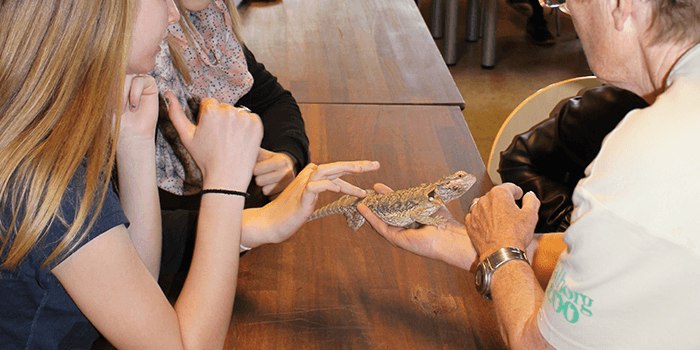
1985:
The School Service opens and starts teaching school children from all over the country. Today, over 10,000 children and young people are educated annually through this outreach programme.
1994:
A new Red Panda facility opens.
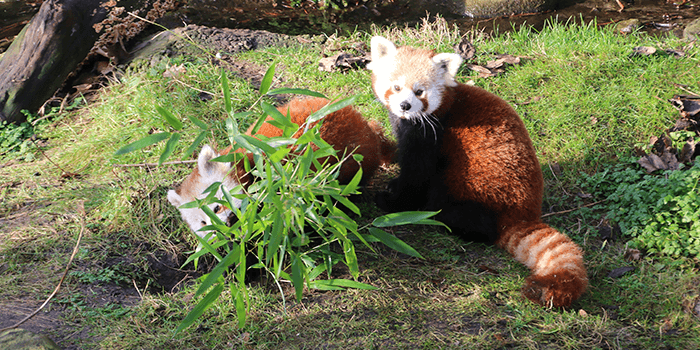
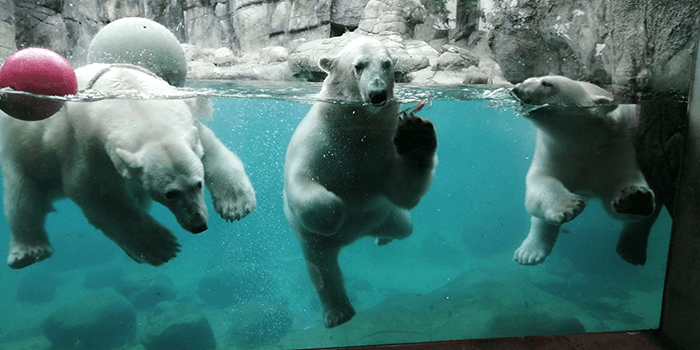
1999:
Aalborg Zoo becomes the first zoo in the world to achieve environmental certification according to the ISO14000 standard. In the same year, a new facility for polar bears is opened.
2006:
The African Village opens, giving guests an even more authentic experience of life on the savannah.
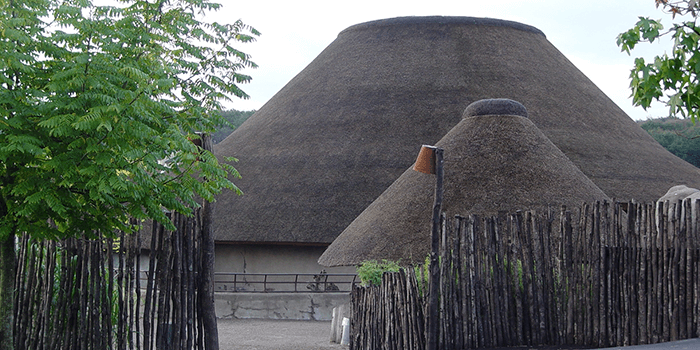
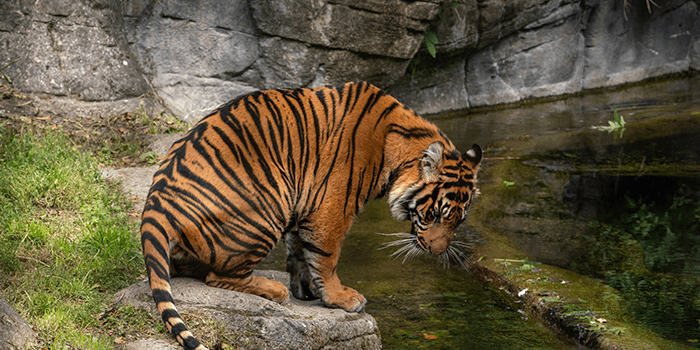
2012:
New facilities for Asiatic lion and Sumatran tigers are complete and the predators will have better and more natural surroundings.
2014:
A new playground will be built and the ZoofariScene will be constructed. The stage will be a focal point for both education and children's entertainment.
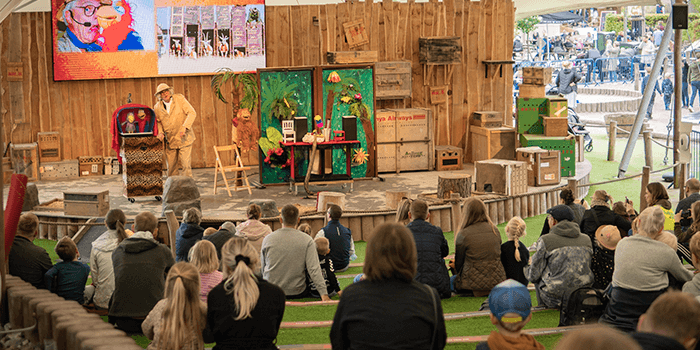
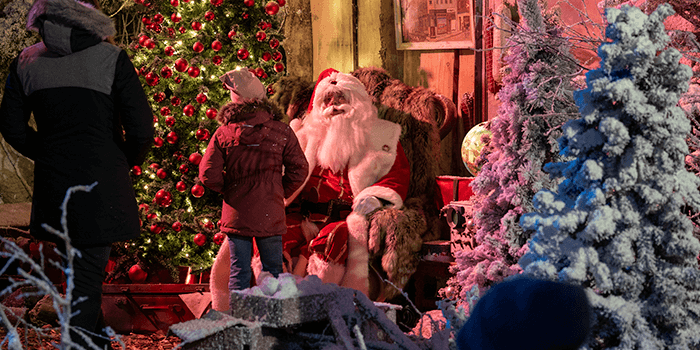
2019:
Christmas at the Zoo opens and marks an important step towards making Aalborg Zoo a year-round attraction. Today, the Christmas event attracts almost 90,000 guests every year.
2025:
New red panda, red deer and Japanese crane facilities will be inaugurated just before the summer holidays.
